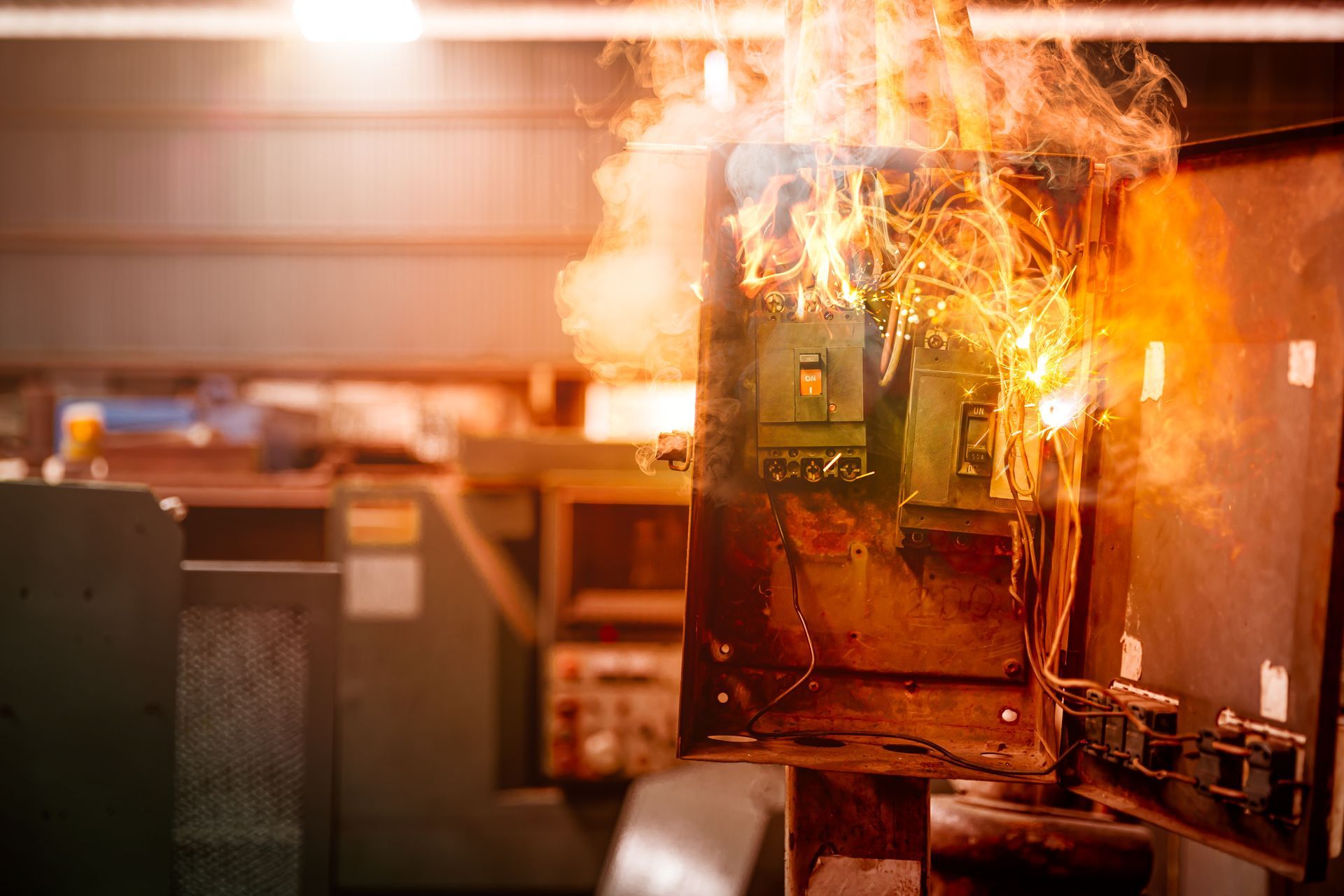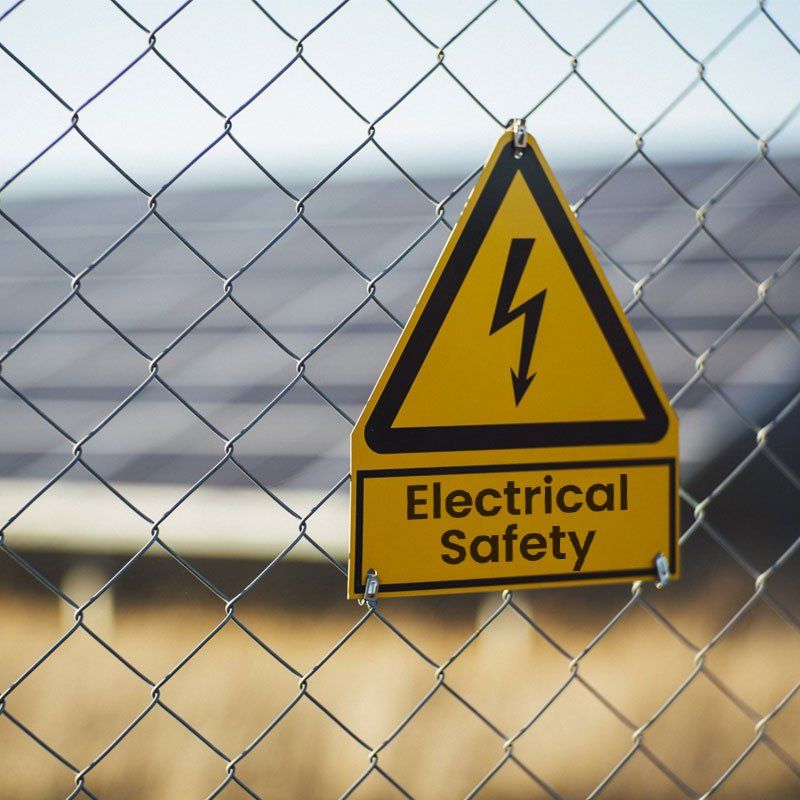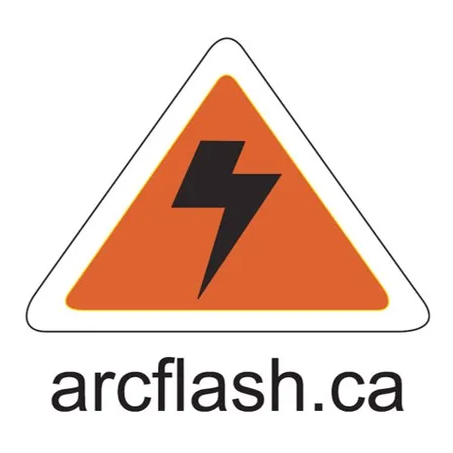Is Arc Flash Training Required for Electrician Apprentices?
When electrician apprentices begin their journey into the electrical trade, they face numerous safety challenges that could have life-altering consequences. Among the most dangerous hazards they'll encounter is the arc flash, a phenomenon that can cause severe burns, permanent injury, or death in milliseconds. This raises a critical question: Is arc flash training a mandatory part of apprentice education?
The answer isn't just yes, it's absolutely essential. Arc flash training serves as a cornerstone of electrical safety education, equipping future electricians with the knowledge and skills needed to recognize hazards, prevent incidents, and protect both themselves and their colleagues from potentially catastrophic electrical events.

Understanding Arc Flash Hazards
An arc flash represents one of the most serious electrical hazards in the workplace. According to electrical safety experts, an arc flash hazard is "a source of possible injury or damage to health associated with the release of energy caused by an electric arc." These incidents can reach temperatures of 35,000 degrees Fahrenheit—nearly four times hotter than the sun's surface—and generate explosive pressure waves that can throw workers across rooms.
For apprentice electricians who are still developing their skills and safety awareness, understanding these hazards becomes even more critical. They're learning to work with live electrical systems while building the experience needed to recognize dangerous situations before they occur.
The Current State of Apprentice Safety Training
Traditional electrician apprenticeship programs have long focused on technical skills, electrical theory, and basic safety practices. However, the electrical industry has evolved significantly, with more complex systems and higher energy levels becoming commonplace in modern installations. This evolution demands a more comprehensive approach to safety training.
Many apprenticeship programs now recognize that basic electrical safety training isn't sufficient to protect workers from arc flash incidents. As workplace electrical systems become more sophisticated, the potential for serious arc flash events increases, making specialized training not just beneficial but necessary.
Why Arc Flash Training Matters for Apprentices
Building Safety Awareness Early
Apprentices entering the electrical field often possess enthusiasm and eagerness to learn, but they may lack the practical experience needed to recognize subtle warning signs of electrical hazards. Arc flash training provides them with a structured understanding of how these incidents occur, what conditions create elevated risk, and how to identify potentially dangerous situations before they become emergencies.
This early exposure to comprehensive safety training helps establish proper work habits that will serve apprentices throughout their careers. Rather than learning through trial and error, which could prove fatal with electrical work, they gain essential knowledge in a controlled educational environment.
Understanding Personal Protective Equipment
Arc flash training teaches apprentices about the critical importance of proper personal protective equipment (PPE). This includes not just basic safety gear, but specialized arc-rated clothing, face shields, and other protective equipment designed specifically for electrical work environments.
Without proper training, apprentices might not understand why certain PPE is required for specific tasks, or they might make dangerous assumptions about when protective equipment is necessary. Arc flash training eliminates this guesswork by providing clear guidelines for PPE selection and usage.
Developing Risk Assessment Skills
One of the most valuable aspects of arc flash training for apprentices is learning to conduct proper risk assessments. This training teaches them to evaluate electrical systems, identify potential hazard levels, and make informed decisions about work procedures and safety precautions.
These risk assessment skills prove invaluable as apprentices progress in their careers and take on more complex electrical projects. They learn to approach each job with a safety-first mindset, systematically evaluating potential hazards before beginning work.
Industry Standards and Requirements
The electrical industry operates under strict safety standards, with organizations like the Canadian Standards Association (CSA) providing comprehensive guidelines for workplace electrical safety. CSA Z462, which focuses on workplace electrical safety, emphasizes the importance of arc flash awareness and training for all electrical workers.
Professional electrical safety experts, including those at arcflash.ca, consistently emphasize that safety is "non-negotiable" for electricians. This principle extends naturally to apprentices, who represent the next generation of electrical professionals. By incorporating arc flash training into apprenticeship programs, the industry ensures that new electricians enter the workforce with the knowledge needed to maintain high safety standards.
The Role of Qualified Instructors
Practical arc flash training requires instruction from qualified professionals who understand both the theoretical aspects of electrical safety and the practical realities of working with energized systems. These instructors bring years of field experience combined with formal safety training, providing apprentices with a comprehensive education that bridges classroom knowledge with real-world application.
Master electricians and certified electrical safety professionals who provide arc flash training often serve on industry committees and contribute to the development of safety standards. This ensures that apprentices receive training that reflects current best practices and the latest safety innovations.
Components of Comprehensive Arc Flash Training
Hazard Recognition
Effective arc flash training teaches apprentices to identify conditions that could lead to arc flash incidents. This includes understanding how equipment condition, work procedures, and environmental factors can contribute to increased risk levels.
Safe Work Practices
Training programs emphasize proper work procedures that minimize arc flash risk. This includes understanding when to de-energize equipment, how to properly implement lockout/tagout procedures, and when specialized safety measures are required.
Emergency Response
Arc flash training also prepares apprentices to respond appropriately if an incident occurs. This includes understanding first aid procedures for burn injuries, how to safely shut down electrical systems in emergencies, and when to evacuate work areas.
Equipment Selection and Maintenance
Apprentices learn about the importance of using properly rated equipment and maintaining electrical systems to prevent conditions that could contribute to arc flash incidents. This knowledge helps them make informed decisions throughout their careers about equipment selection and maintenance practices.
Building a Culture of Safety
Arc flash training serves a purpose beyond individual safety—it helps build a culture of safety throughout the electrical industry. When apprentices receive comprehensive safety training from the beginning of their careers, they carry these principles forward as they become journeymen electricians and eventually masters who train the next generation.
This creates a positive feedback loop where safety standards continually improve as each generation of electricians builds upon the knowledge and practices of their predecessors. Arc flash training represents a critical component of this ongoing safety evolution.
The Cost of Inadequate Training
The consequences of insufficient arc flash training can be severe, both for individual workers and for the electrical industry as a whole. Arc flash incidents can result in permanent disability, disfigurement, or death, creating personal tragedies that extend far beyond the workplace.
From a business perspective, arc flash incidents can result in significant costs, including medical expenses, workers' compensation claims, equipment damage, production downtime, and legal liability. Insurance companies and regulatory agencies increasingly expect employers to provide comprehensive safety training, including arc flash awareness education.
Implementation Challenges and Solutions
While the benefits of arc flash training for apprentices are clear, implementing comprehensive programs can present challenges. These might include time constraints in already packed apprenticeship curricula, cost considerations for training materials and qualified instructors, and the need to keep training current with evolving industry standards. However, these challenges are far outweighed by the benefits of proper training. Many successful programs integrate arc flash training into existing safety curricula rather than treating.












